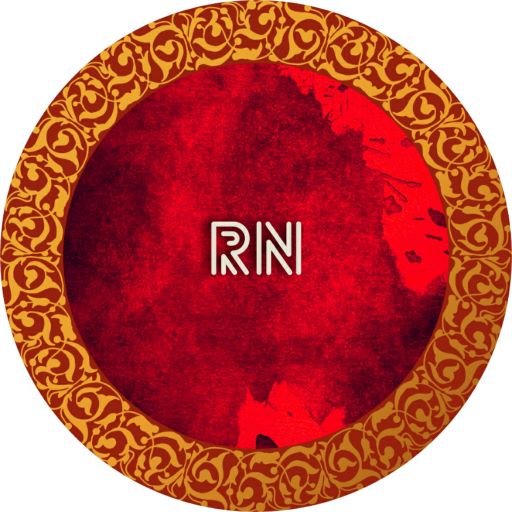| Article Section | |||||||||||
|
Home |
|||||||||||
Understanding the Classification of Parts and Accessories in Customs Tariff Schedules |
|||||||||||
|
|||||||||||
Discuss this article |
|||||||||||
Understanding the Classification of Parts and Accessories in Customs Tariff Schedules |
|||||||||||
|
|||||||||||
Introduction: Understanding the classification of parts and accessories in customs tariff schedules is crucial for businesses involved in international trade. Accurate classification of machinery, electrical equipment, vehicles, and other items is essential for complying with customs regulations and determining the correct duties and taxes. This involves differentiating between parts and accessories, considering section and chapter notes, and applying legal principles for parts classification. Differentiating Between Parts and Accessories Determining the Harmonized System (HS) Code for "parts" in customs tariff schedules is essential for accurately classifying machinery, electrical equipment, vehicles, and other items found in chapters 82 to 96. Parts are sub-assemblies or assembly elements that cannot be taken apart for maintenance and are not supportive on their own but are crucial for the entire system to work. On the other hand, accessories are secondary and not essential for the product to function. Considering Section and Chapter Notes Considering the Section and Chapter notes when classifying parts is essential, as they provide vital information for the correct classification. Parts specific to a particular machine are typically classified under the same heading as the main item. Still, there are exceptions noted in the Section and Chapter notes that should be considered for accurate classification. Additionally, parts of general use should not be classified as part of a specific machine but under the appropriate headings of that item in the tariff. Classification of Parts Specific to a Machine Furthermore, specific goods mentioned in any particular heading should be classified under that heading, even if they are parts and accessories suitable for using a machine in a particular heading. Parts considered goods that fall under specific categories should always be classified under their respective headings. Classifying Parts of General Use It is also important to note that parts of general use, such as tube and pipe fittings, stranded wire, ropes, cables, chains, nails, screws, bolts, and springs, should be classified according to their respective categories and not as part of a machine or equipment. Legal Principles for Parts Classification Lastly, legal cases have established the principle that "a part of a part is part of the whole", confirming that components such as valves, bead rings, starter armatures, and nozzle holders are considered part of the main product, such as a cycle, automobile, or diesel engine. These principles are consistently upheld in manufacturing and product classification." Conclusion: In conclusion, accurate classification of parts and accessories in customs tariff schedules is essential for international trade. By understanding the differences between parts and accessories, considering section and chapter notes, and applying legal principles, businesses can ensure compliance with customs regulations and avoid potential errors in duty and tax calculations. Proper classification also helps maintain fair trade practices and facilitates smooth cross-border transactions.
By: raghunandhaanan rvi - September 19, 2024
|
|||||||||||
Discuss this article |
|||||||||||
 9911796707
9911796707

